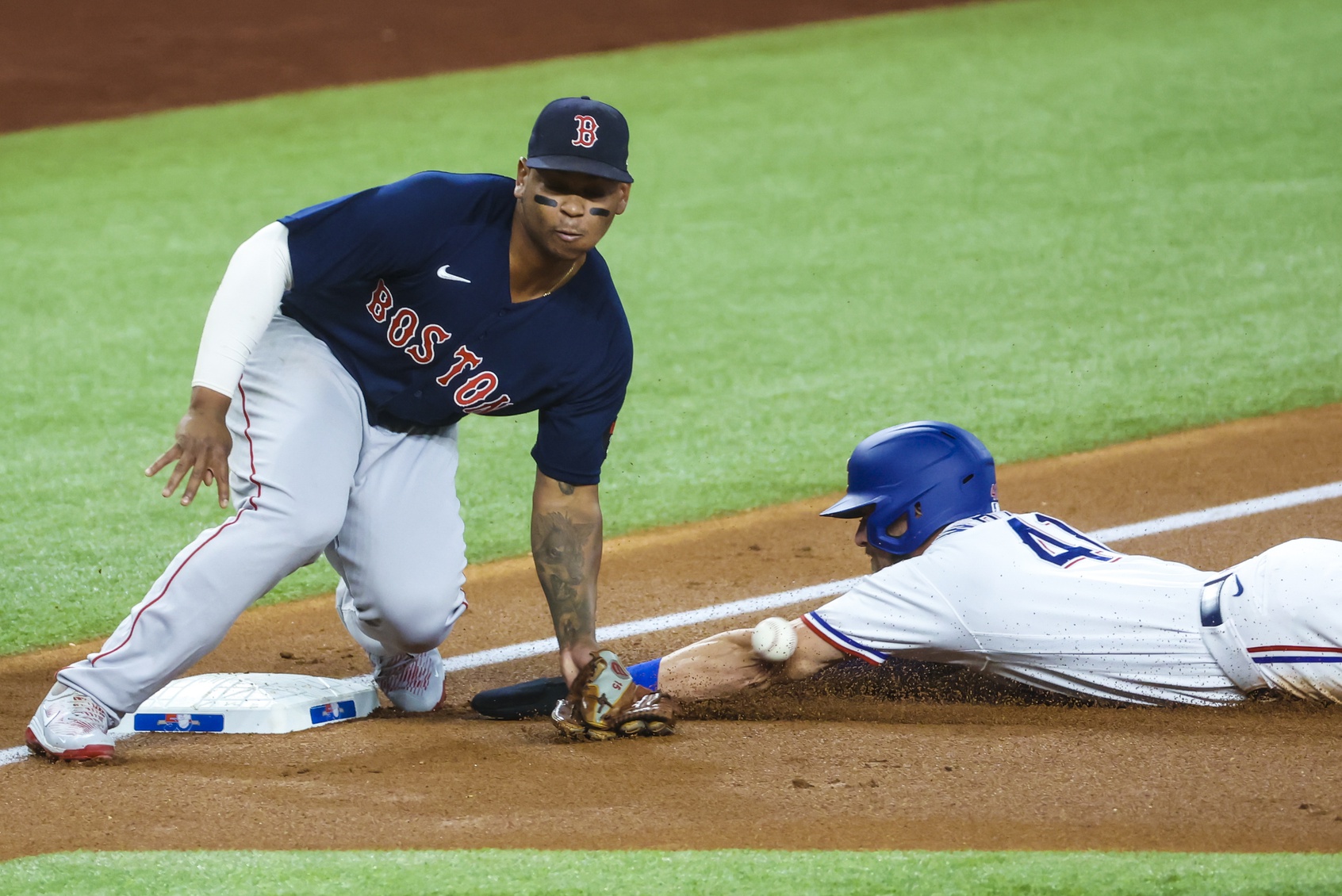One of the biggest discussions around any draft gameplan is where to get your speed. Sure, you could try to ignore them, but I never want to go into a draft punting a category and leagues with an overall component like the NFBC’s Main Event and Online Championship make it so you can’t punt a category if you want a realistic shot at the overall grand prize.
To secure high end stolen bases, you really need to map out your draft and figure out exactly where they go. This piece aims to help with that by using The BAT X’s projection system along with the NFBC ADP. Teams needs around 120 SBs to be in the upper crust (I used the top 20% of Main Event leagues from 2019) and while the number is dropping yearly, it is a safe target to set for your drafts. It’s about 9 SBs per roster spots in the standard 14-player setup (2 C, 1B/3B/CI, 2B/SS/MI, 5 OF, UT) and there are only 87 players in The BAT X projected to reach that mark.
Of course when you draft someone with 20 SBs, they bring the average needed down, but it’s still alarming that not even 100 guys hit the average we need for every spot to reach our general target. Let’s see how everything breaks down:
THE KING
Wondering why Adalberto Mondesi is going so high? Here is your reason. His 52 projected SBs are 1.5x that of the next best guy (Turner, 35) which is why so many are willing to take on his AVG downside with a top 25 pick. He crept into the first round during at least one Main Event this past week, going 14th overall.
Read the rest of this entry »


